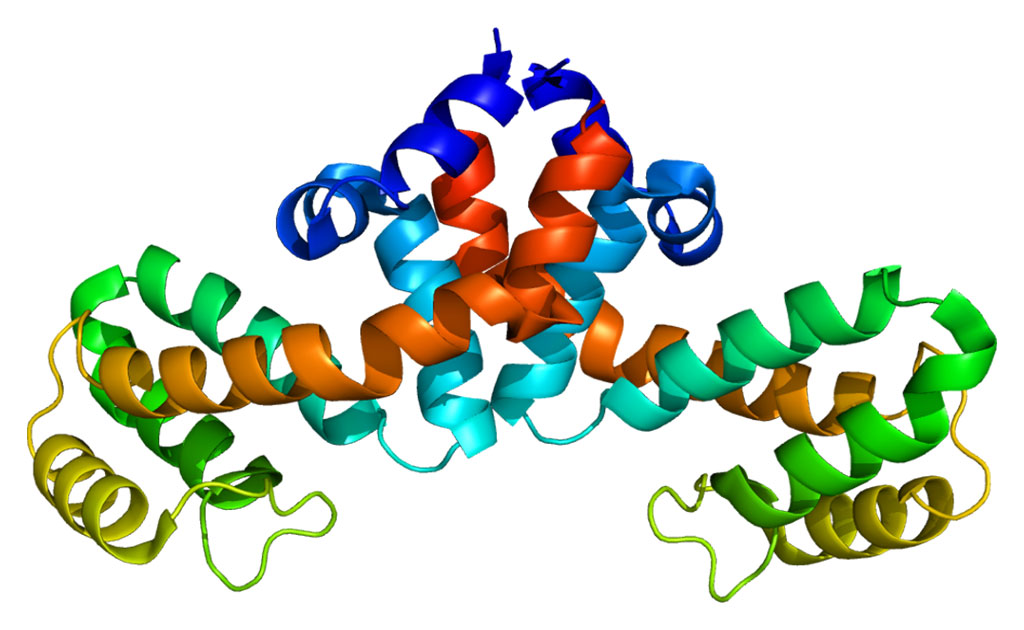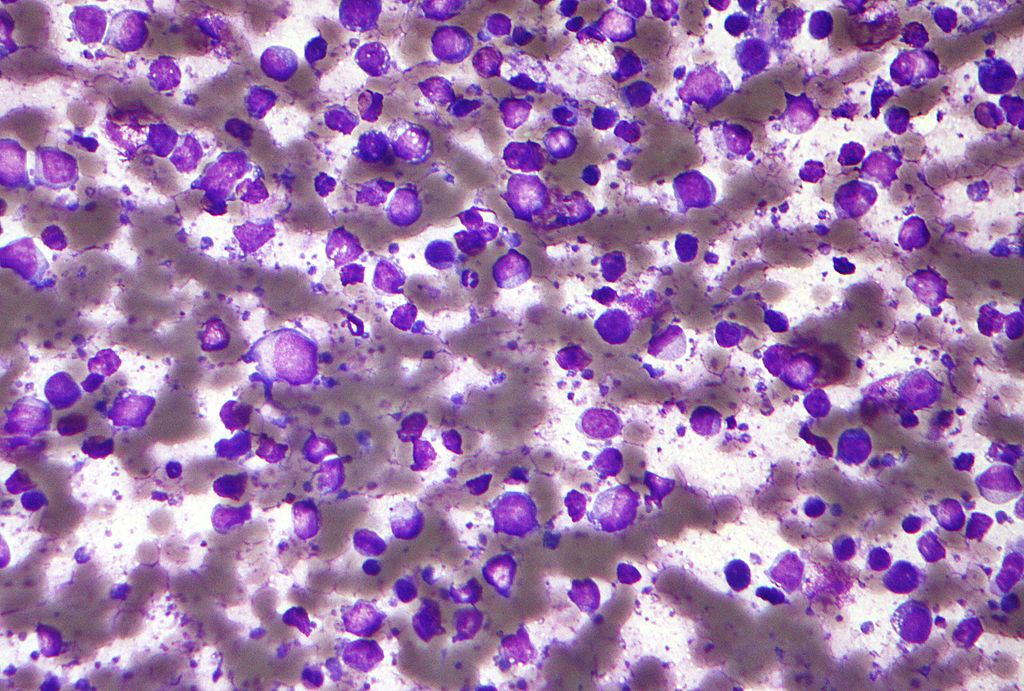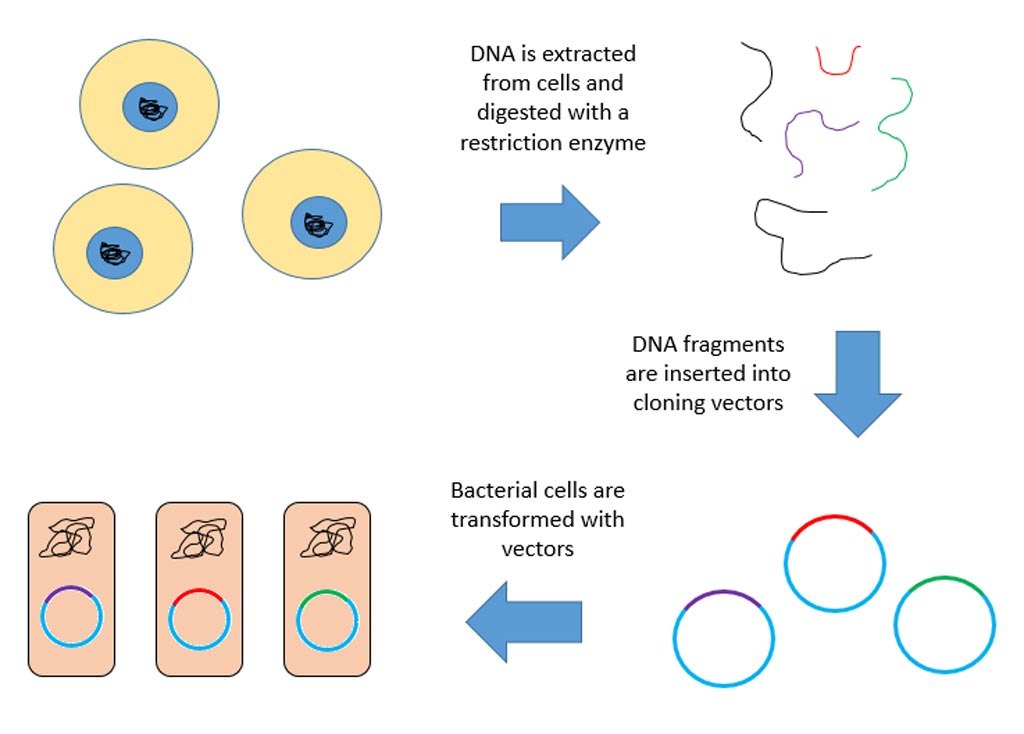MicroRNAs Linked to Ability of Melanoma to Metastasize
By LabMedica International staff writers
Posted on 26 Jul 2011
Cancer researchers have identified a specific type of microRNA (miRNA) that in melanoma cells seems to be linked to the development of the ability to metastasize.Posted on 26 Jul 2011
Investigators at New York University (New York, USA) explained in a paper published in the July 12, 2011, issue of the journal Cancer Cell that they initially performed miRNA analysis of human melanoma tissues, including primary and metastatic tumors. Results revealed the presence of significantly high levels of a cluster of two miRNAs called miR-30b and miR-30d (miR-30b/30d) in both types of tumor cells. Higher levels of miR-30b/30d in metastatic tumor cells were linked to advanced stages of cancer, tumor progression, potential metastasis, and reduced overall patient survival.
At the molecular level, it was found that ectopic expression of miR-30b/30d promoted the metastatic behavior of melanoma cells by directly targeting the GalNAc transferase GALNT7, which resulted in increased synthesis of the immunosuppressive cytokine IL-10 and reduced immune cell activation and recruitment.
“Melanoma patients with higher levels of these miRNAs in their tumor cells are at greater risk for melanoma metastasis from their primary tumor,” said senior author Dr. Eva Hernando, assistant of pathology at New York University. “This study adds another piece to the melanoma puzzle showing how a few millimeter lesion on the skin’s surface can quickly metastasize by invading other parts of the body like the lungs and brain so aggressively. This study helps us better understand exactly why melanoma is so metastatic and suggests how miRNAs are a new potential therapeutic target for battling the disease.”
Related Links:
New York University













